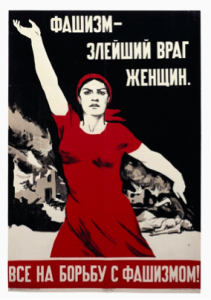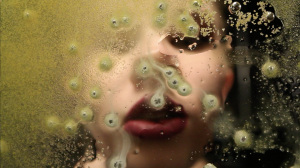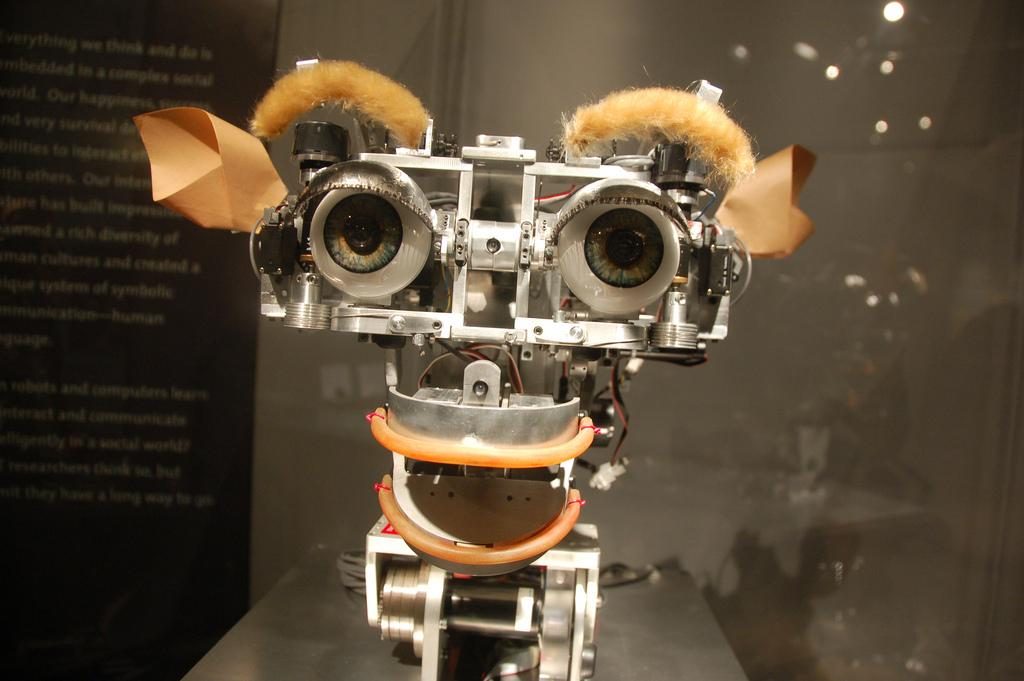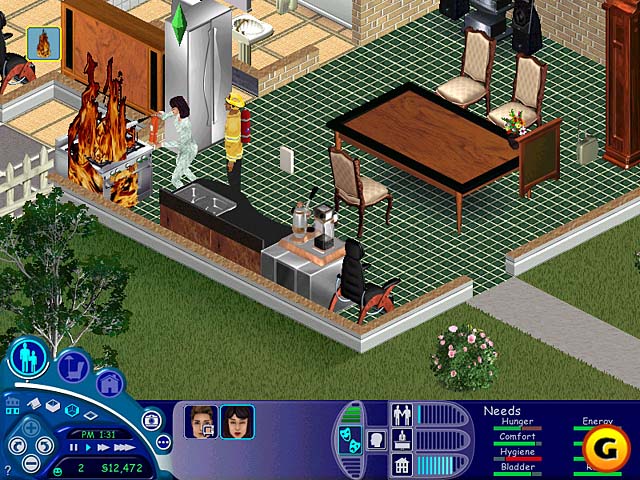During the research and communication project I have learnt how to research and analyse other artists and art movements, and not just the art work, but also the political climate and other events that influenced the artwork and artists at the time. This understanding of art history is crucial and has helped me to see where artists got their inspiration from, and I understand how art movements have developed. For example during task 3, I researched how technology and the invention of the camera has impacted the art word, and pushed the development of art movements such as impressionism, as they captured something that a camera can’t. I also wasn’t able to distinguish the features of art movements, such as the different between modernism and post modernism, and how different they were. Now I feel confident in recognising art movements.
After seeing a wide range of mediums and work, it will help in my developing practice, giving me a wide range of inspiration and artists which to reference my future work from. I found task 7 about published images very useful, as I want to do illustration, and it pushed me to see the links between the article and the work, and how the artist chose the imagery to communicate the message. I mostly focused on illustrative work for all the research tasks, which now I realise was a bit limiting, and I should have includes some photography or graphic design as well, to broaden my horizons. Taking inspiration from a range of mediums would be beneficial, I think.
Regarding theory and practice, an understanding of art theory is crucial for creating successful pieces of art. I think that understanding previous art helps us improve our own, as we see what is successful and what is not. We have to have a certain understanding of the rules so we can break them and create something new and original. This can be seen in Post Modernism, and the whole point is trying to build off of previous movements and morphing it into something that hasn’t been done before.
I found the third lecture quite thought provoking, discussing if technology is the mortal enemy to art. At first I agreed with the statement, as traditional and portraiture art is now being pushed aside for modern art and abstraction, but then I realised that without technology I wouldn’t be able to create my own art. I also discovered that without the invention of the camera we wouldn’t have the art movements that we have now, and that technology has actually helped to push art forward, and create new mediums such as graphic design, motion and other computer based media. The task on authenticity was also thought provoking, and critical thinking is a skill that is essential for critiquing and evaluating others work, and your own.
In conclusion I have found the lectures and tasks very helpful to develop my thinking and research skills, which will eventually have a positive impact on my practical work.







